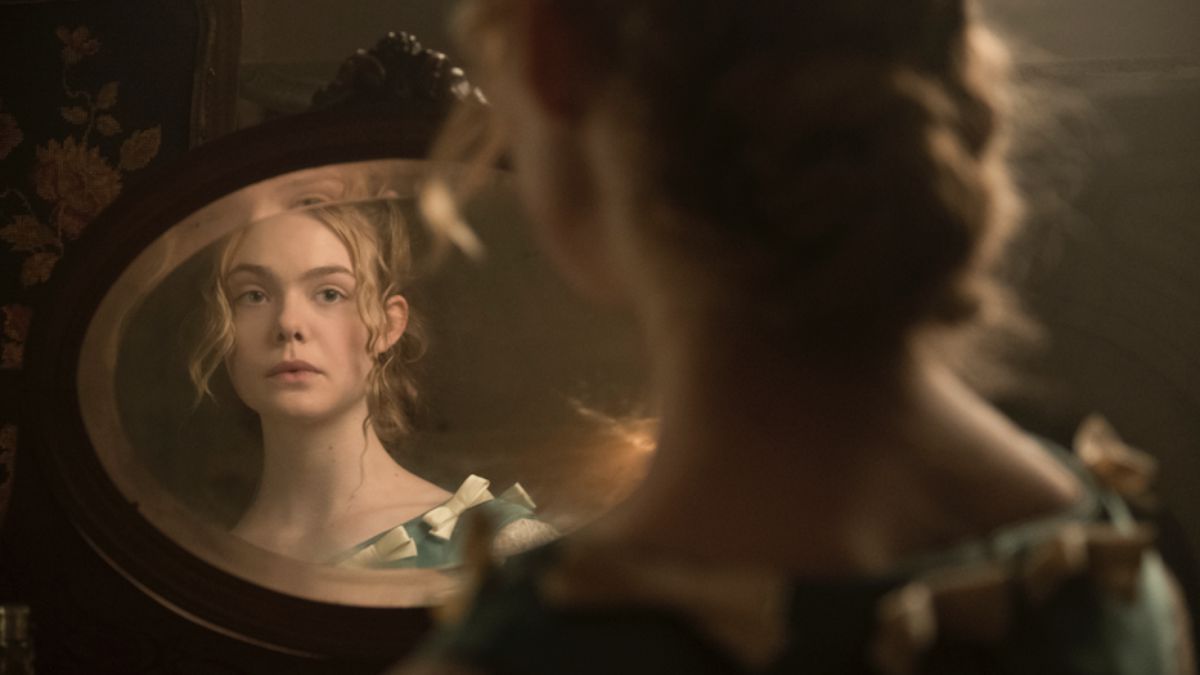JULY 17, 2017
I gotta say, I love movie trailers from 1970s. This is how Universal in 1971 sold director Don Siegel’s first film version of “The Beguiled,” based on the book by Thomas P. Cullinan:
“Clint Eastwood, wounded Yankee, is brought to an all-girls school to become a prisoner of these man-deprived women. These man-eager girls. Consider the possibilities: is he a helpless victim to be threatened, teased, enticed, loved at their will and pleasure, or is he a man, aggressive, wooing, demanding, who must love to stay alive? The tensions, the jealousies, the conflicts of sexual confrontations, rare even for today.”
Oooh, these man-eager girls. Oh brother. Well, that’s how they sold movies in 1971. So when I had heard that Oscar-winning writer/director Sofia Coppola wanted to remake this piece of claptrap, I was to say the least surprised. I needn’t have been.
What Coppola has done is flip the scenario entirely. The set-up is the same– it’s 1864 and in the last months of the Civil War when a wounded Union soldier, Cpl. John McBurney (Colin Farrell), is discovered and brought to the all-female school to recuperate from his serious wounds.
The school is run by Martha Farnsworth (Nicole Kidman), whose staff has largely fled, leaving her with only one teacher, Edwina Morrow (Kirsten Dunst), and five young students. The lusty hothouse mood of the Siegel film is absent here, as Martha coolly tells Lt, McBurney that he is not a guest in this house and that when he is well enough to move, he must go.
Coppola’s casting of Farrell as the wounded soldier turns out to be an inspired choice. Whereas in 1971, Clint Eastwood was the star, and everything was told from his point of view. (Definitely not the case here.) Farrell is much more of an ensemble player, and he initially approaches Lt. McBurney as grateful for any kindnesses directed his way — “Yes, ma’am.” “No, ma’am.” “Thank you, ma’am.” (Any Irish-American such as myself can recognize this polite act as phony from the get-go, but I digress.)
The other canny aspect of casting Farrell is that Coppola allows him to speak in his natural Irish accent, emphasizing the fact that Lt. McBurney is “the other,” not just a soldier for the enemy side but a mercenary taking money to fight against the South. And he’s not even American!
After weeks of having this handsome soldier in their downstairs bedroom, the lustful feelings of the older women of the house finally begin to come to the surface, mostly from Edwina, who has suppressed her sexuality for so long that when it erupts, Lt. McBurney, now mobile, is surprised by its intensity. But when Edwina comes upon Lt. McBurney frolicking with Alicia (Elle Fanning), one of the students, all hell begins to break loose.
Coppola has come under some intense heat from activists who complain that Coppola left out a black slave character, Hallie, who was present in both the book and the Siegel film. The director explained that she did so because she wanted to emphasize just how helpless the white women of the school were when the slaves, including Hallie, ran off in the last months of the war. While I may not necessarily agree with her approach, I understand that it comes from a storytelling point-of-view.
Coppola, who after her Oscar win for writing 2003’s extraordinary “Lost in Translation,” has directed some duds recently, is back on track with “The Beguiled.” In May, Coppola showed “The Beguiled” at the Cannes Film Festival and, competing against legendary film directors from around the world, won the Festival’s Best Director award, only the second woman in the festival’s history to do so.
Once you see “The Beguiled,” you’ll know why.
GRADE: B+












